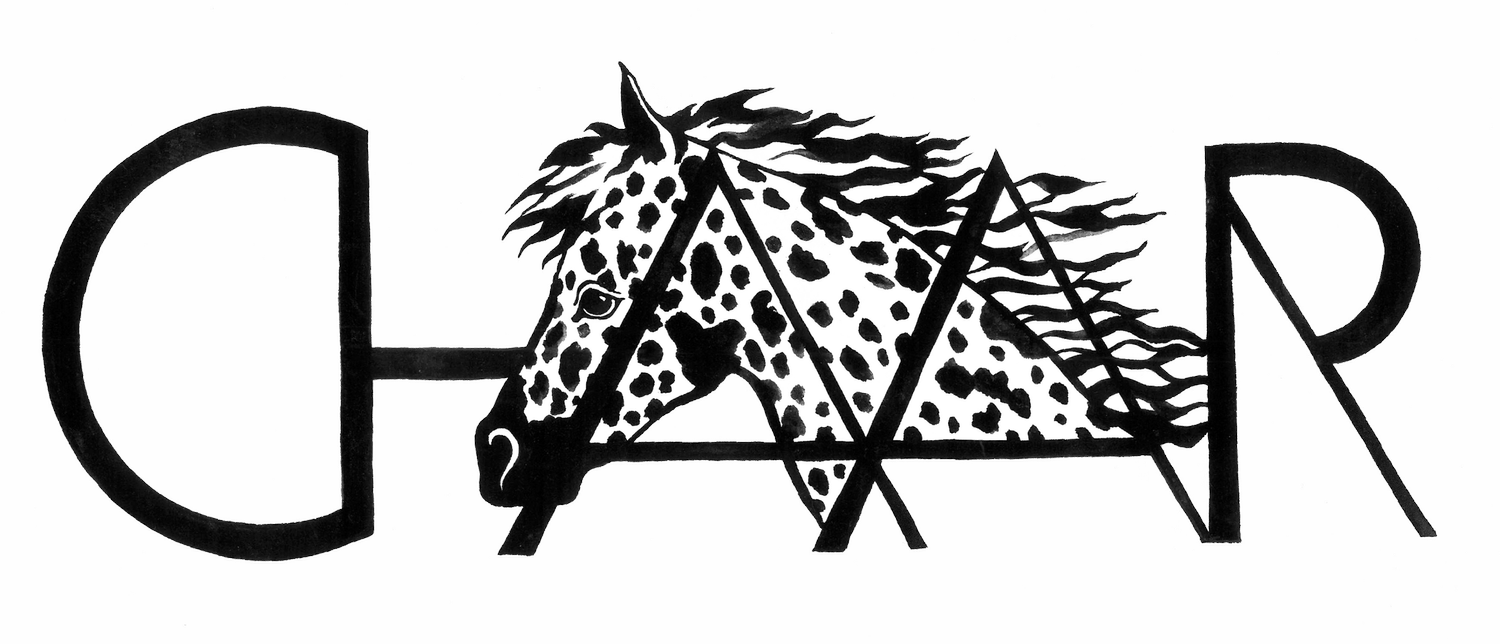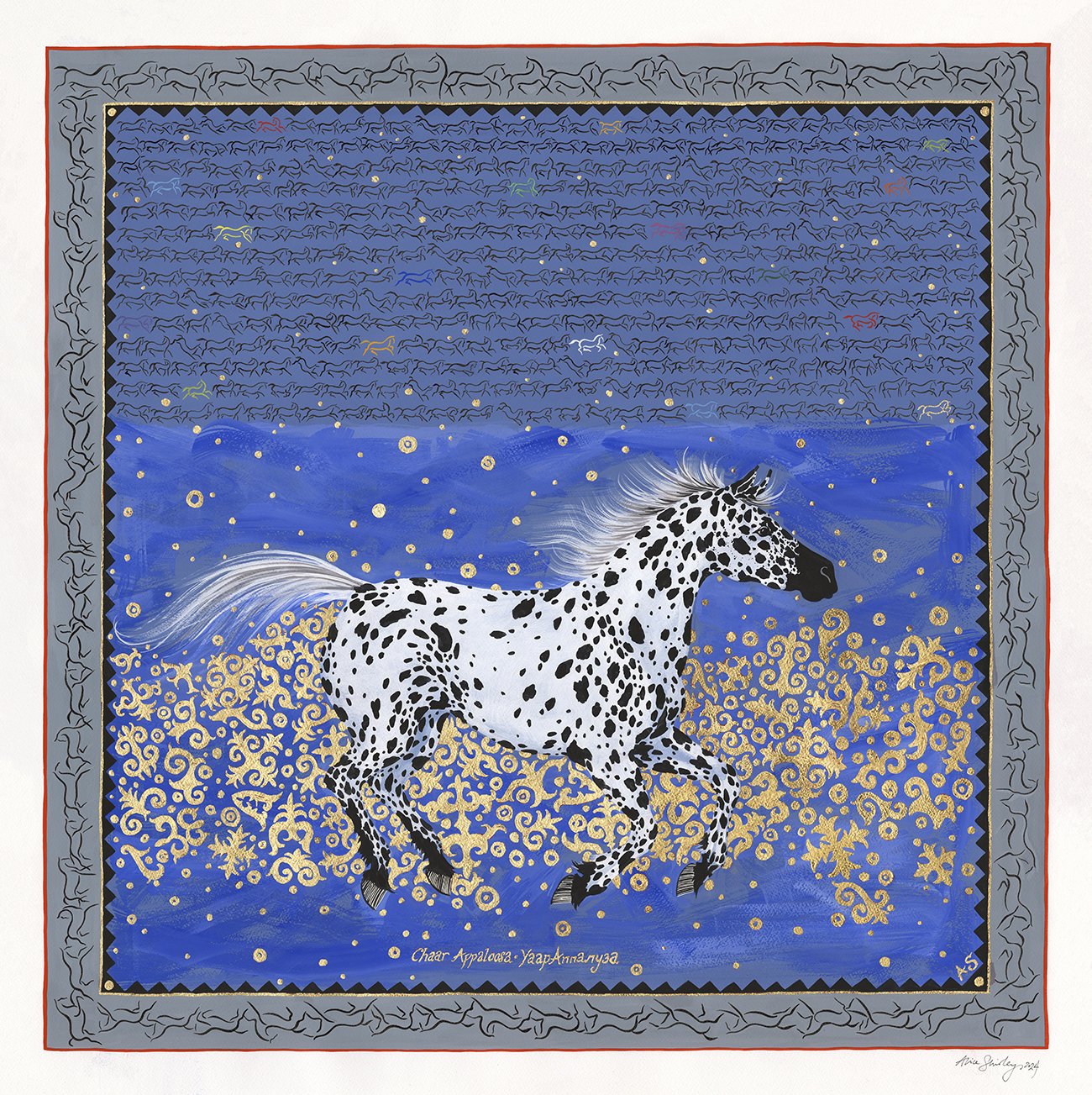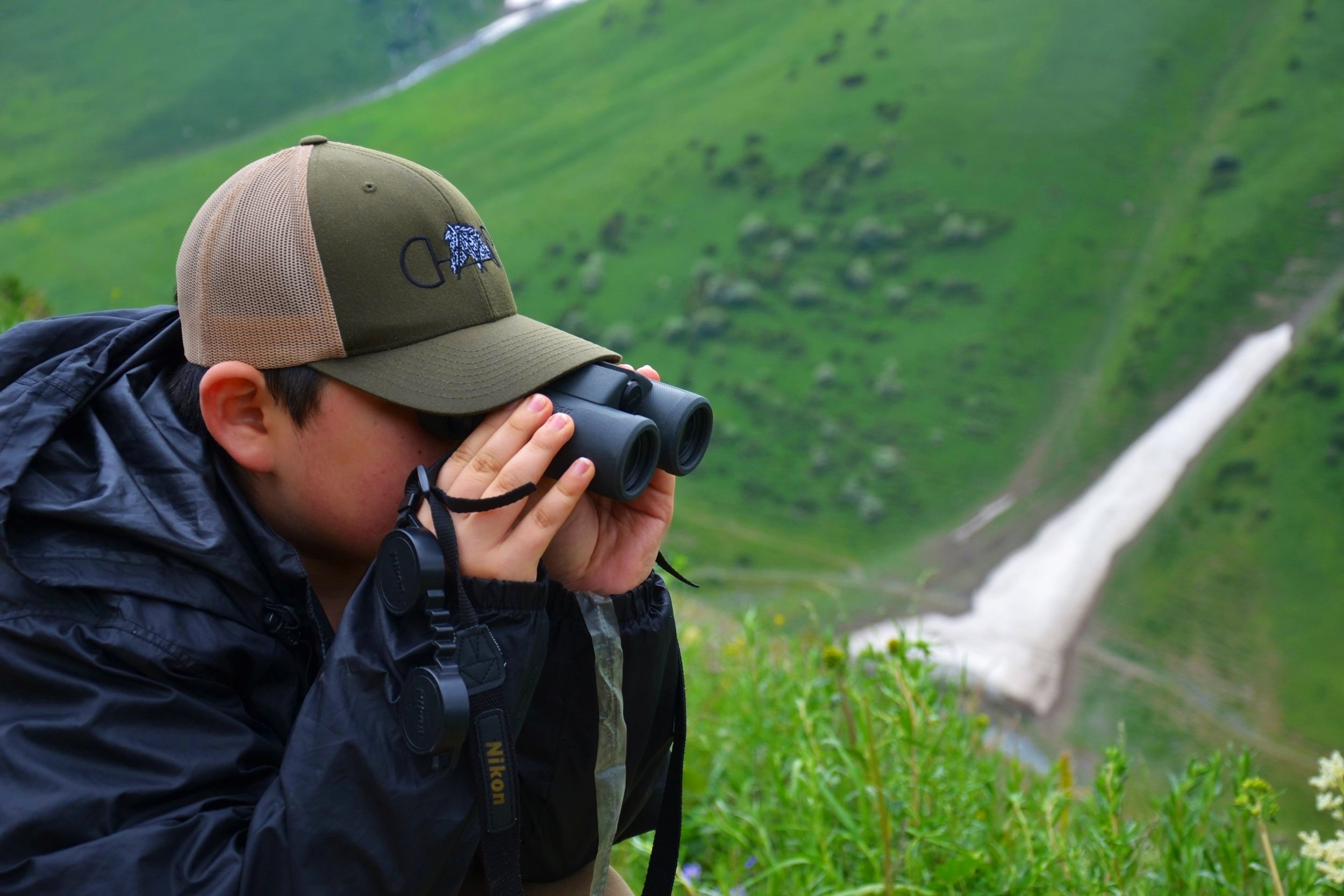
Discover the beauty of the sacred Chaar Appaloosa breed.
Welcome to the official site of the International Chaar Appaloosa Horse Association. This nonprofit association aims to safeguard, enhance and promote the Chaar horse of Central Asia and the nomadic culture that accompanies it.
Revive A Heritage Horse
The International Chaar Appaloosa Horse Association of Kyrgyzstan aims to revive the endangered Chaar Appaloosa horse breed, which holds a sacred place in the country's culture and history. Through breeding programs and cultural events, the association seeks to preserve and promote these horses for future generations.
Support the Project:
Annual Association Membership
€ 25
Make a donation or become a member of the association
For companies: possible partnerships, please send us an email to the following address: chaarappaloosa@gmail.com
Why Save the Breed Chaar Appaloosa?
Our Mission
Chaar Appaloosa horses are a special breed known for their distinct spotted coats and exceptional versatility. Unfortunately, this breed is facing several challenges, including habitat loss, and crossbreeding. As a result, preserving this breed is crucial.
To truly revive this horse breed, it must be known worldwide, much like the Appaloosa. One of the association's goals is to increase global awareness of the Chaar and support Munarbek in his role as its ambassador.
-
A Culturally Significant Breed
The spotted horse, known as Chaar in the Kyrgyz language, has been bred by Kyrgyz nomads since ancient times. The Kyrgyz people are considered one of the most ancient nations, with a rich nomadic culture. Their harsh nomadic lifestyle taught them to select domesticated livestock that could survive in tough conditions and support long distances of roaming.

-
Born In The Mountains
The Kyrgyz Khaganate once had a vast territory that stretched from Siberia to Central Asia, with the mountains being the center of their nomadic culture. Nomads spread from Altai to Yakutia, Siberia, Kazakh steppes, Tien Shan mountains (Kyrgyzstan), and even to the American land via the Bering Strait.

-
Unique Characteristics
The Kyrgyz Chaar Appaloosa horse is a unique breed known for its stunning spotted coat pattern. This horse is highly valued by the Kyrgyz people for its strength, endurance and agility, which make it ideal for long distance travel and hunting in the rugged mountain terrain of Central Asia. Moreover, the breed is known for its gentle nature, intelligence and loyalty, making it a beloved companion for riders of all ages and levels of experience.


Anyone can join the Association for only 25 euros per year. The annual fees we receive from our association members help us protect our herds, increase the overall numbers and launch cultural projects in Kyrgyzstan.
Become an Association Member
World media on CHAAR horse revival, popularisation project and True Appaloosa film
The Shop
With each product sold, the maximum portion of the profits goes directly towards supporting our association's initiatives. By purchasing our products, not only will you be acquiring high-quality items crafted with care, but you will also become an integral part of the mission to safeguard and revive the Chaar Appaloosa horses here in Kyrgyzstan.
Discover meticulously crafted products made from high-quality materials. Shop with confidence using our secure payment system on our user-friendly website and experience the convenience of doorstep delivery with reliable shipping service.
Spotted Stories:
News & Updates
There’s always something happening with our breeding program, or stories to share about the culture and way of life here in Kyrgyzstan. Stay up to date with the progress and learn about the history of these special horses.




















Photography by Meder Myrzaev
10 high quality photo files of Kyrgyz women in traditional dress alongside the majestic Chaat horses. Download the photos and print them in whatever size you choose.